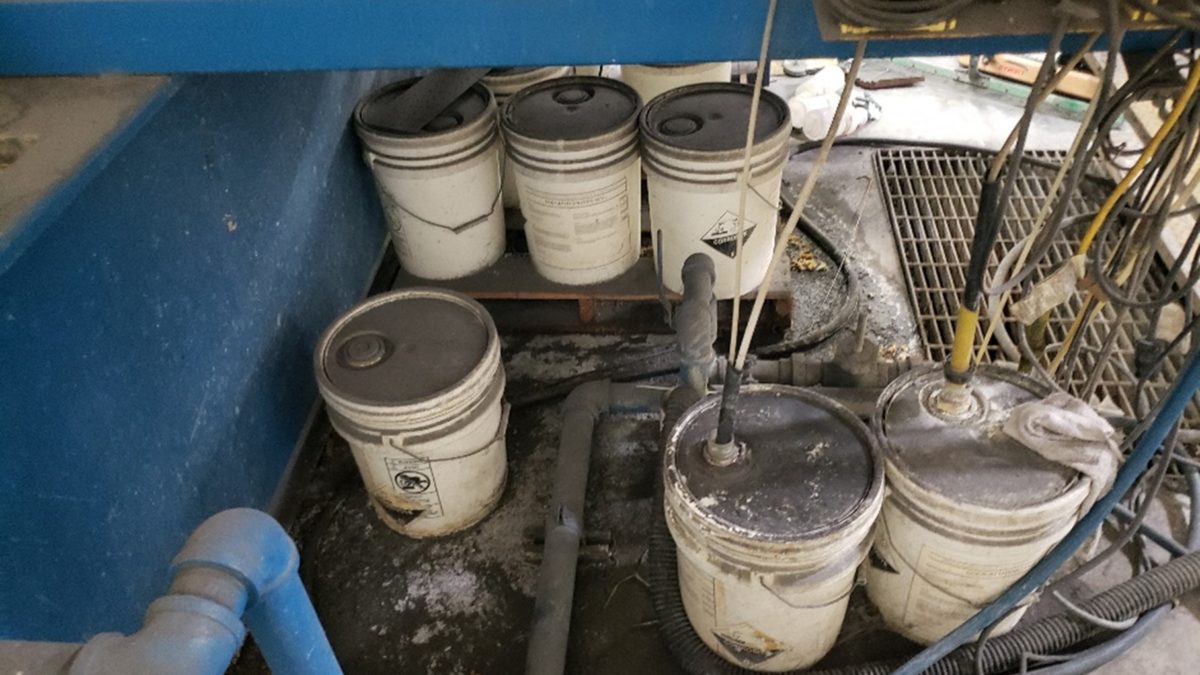Environmental due dilligence: An important first step in property transactions
Environmental due diligence, simply put, is how we summarize the environmental conditions of properties.
The most common first step of environmental due diligence is a Phase I Environmental Site Assessment (ESA), which was talked about in a blog post about brownfield redevelopment. Here, I’ll address some frequently asked questions about Phase I ESAs and other types of environmental due diligence.
What is a Phase I ESA and why would I conduct one?
A Phase I ESA is a report that can help determine if a property poses a risk of being contaminated before a property transaction. A Phase I ESA is often required by many banks, credit unions and the U.S. Small Business Administration before issuing a commercial loan and is intended to protect the buyer and lending institution. It also satisfies one of the requirements to qualify for landowner liability protections.
The Phase I ESA may also be conducted by the seller before marketing a property to better understand the environmental liabilities before it’s sold.

Can anyone conduct a Phase I ESA?
No, a Phase I ESA must be conducted by an environmental professional in accordance with industry standards.
What information can a Phase I ESA provide?
A Phase I ESA uses historical sources such as aerial photographs, Sanborn Fire Insurance maps, city directories, and local state and federal records to summarize the history and determine if the property’s past uses pose an environmental risk. The goal of a Phase I ESA is to identify Recognized Environmental Conditions (RECs) associated with a property.
What happens if a REC is revealed by the Phase I ESA?
The next step is to conduct a Phase II ESA to investigate the RECs found during the Phase I ESA. During a Phase II ESA, samples will be collected from various media, such as soil, groundwater, vapor, surface water and sediments. The samples are compared to applicable state standards to determine if contamination is present.
If contamination above applicable standards is present, the property owner is generally required to report the contamination to the regulatory state or federal agency that will monitor cleanup.
If contamination is not found, then the due diligence for the property is complete.
Other Types of Environmental Due Diligence
There are other types of due diligence that may be more appropriate for assessing the environmental conditions of a property. These are Environmental Questionnaires, Record Search Risk Assessments and Transaction Screens. These types of assessments are less expensive and faster to complete than a Phase I ESA. The downside of these assessments is that they are unable to determine if specific RECs are present at the property and only highlight potential environmental conditions. A common outcome of these assessments is to recommend completing a full Phase I ESA.
Environmental due diligence is a valuable tool that should be considered before any property transaction. The information gained can save time and money for the parties involved in the transaction, and give peace of mind to the new property owner.
 Dillon Plamann is a Project Hydrogeologist at Fehr Graham.
Dillon Plamann is a Project Hydrogeologist at Fehr Graham.
He helps with many projects, including soil and groundwater
investigations, remedial activities, due diligence and building
material assessments. He also works on reports, work plans,
proposals, budgets, and Phase I and II ESAs.
Collaborative, Insightful, Results-Driven Solutions
Fehr Graham provides innovative engineering and environmental solutions to help improve the lives and communities of our customers.
